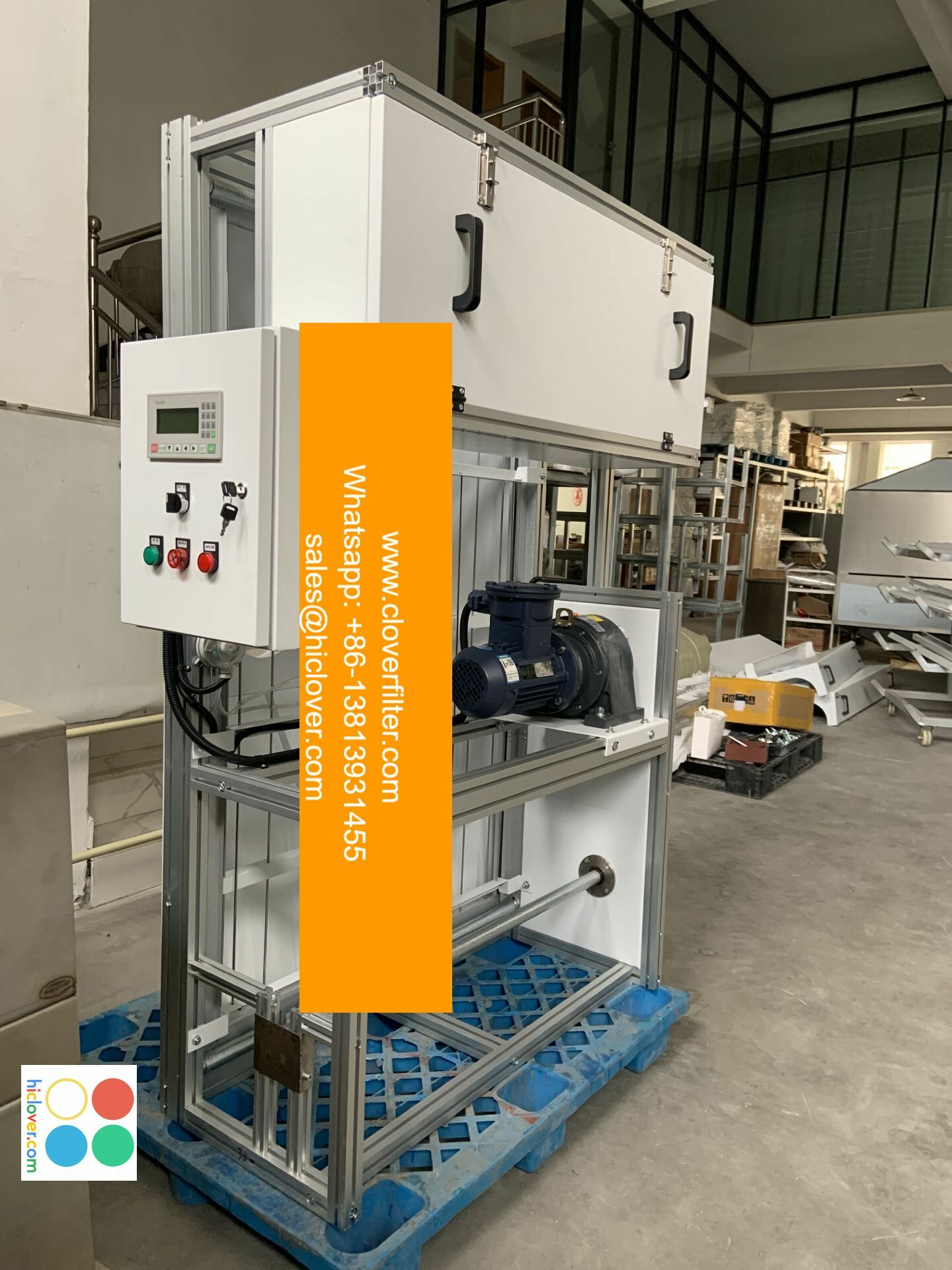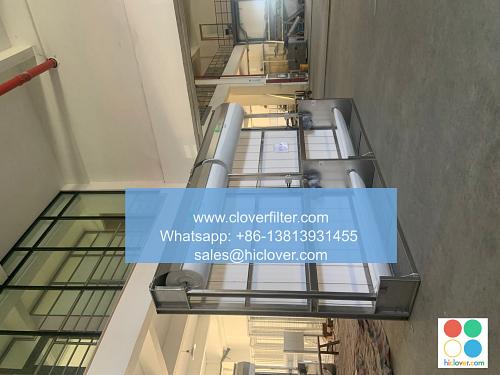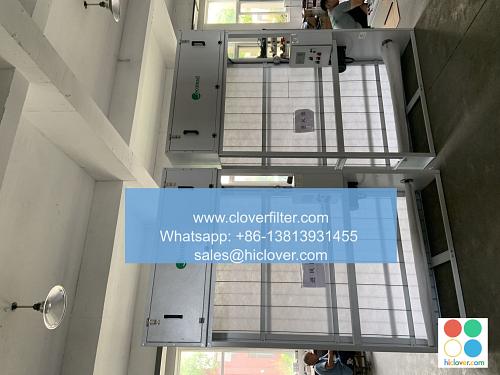Demystifying Air Filter Terms and Conditions: A Simple Explanation

Demystifying Air Filter Terms and Conditions: A Simple Explanation
When it comes to air filters, understanding the terminology can be overwhelming, especially for those who are new to the industry. In this article, we will demystify common air filter terms and conditions to help you make informed decisions for your HVAC system, air quality needs, and personal health.
Filter Types
When choosing an air filter, it’s essential to understand the different types available. Some common filter types include:
- MERV (Minimum Efficiency Reporting Value) Filters: Rated from 1-20, MERV filters measure the filter’s ability to capture particles as small as 0.3-10 microns. MERV 1-4 filters capture large particles, while MERV 5-8 filters capture smaller particles. MERV 9-12 filters capture even smaller particles, and MERV 13-20 filters capture the finest particles.
- Capturing 99.97% of particles as small as 0.3 microns, HEPA filters are highly effective in eliminating 99.97% of dust, pollen, and other allergens.
- Designed to remove gases, odors, and VOCs (volatile organic compounds), activated carbon filters are commonly used in kitchens, basements, and bathrooms to purify the air and eliminate odors.
- These replaceable filters can be cleaned or replaced, making them a convenient option for easy maintenance.
- Made from pleated paper or fabric, these filters capture larger particles, such as lint, hair, and dust.
Filtration Efficiency
When discussing filtration efficiency, it’s essential to consider the following key numbers:
- MERV Rating: As mentioned earlier, MERV filters are measured on a scale of 1-20, with higher numbers indicating better filtration performance.
- CADR (Clean Air Delivery Rate): Measured in CFM (cubic feet per minute), CADR represents the filter’s ability to purify the air.
- Filter Life: Measured in hours or months, filter life indicates how long a filter will last before it needs to be replaced.
- Filter Rating: Varies from filter to filter, but a good rule of thumb is to choose a filter with a higher rating for better performance.
Key Applications
Air filters can be used in various settings, including:
- HVAC Systems: Air filters are crucial in maintaining the quality of indoor air in heating, ventilation, and air conditioning systems.
- Commercial Spaces: Office buildings, hospitals, and schools require proper air filtration to maintain a healthy environment.
- Residential Spaces: Homeowners can use air filters to improve indoor air quality, reduce allergen and dust levels, and purify the air.
- Industrial Applications: Filters can help eliminate hazardous particles and chemicals, improving the safety and health of workers.
- Automotive: Air filters are essential in vehicles to ensure clean air is circulating and to reduce the risk of air quality problems.
Conclusion
Demystifying air filter terms and conditions allows you to make informed decisions about the right filter for your specific needs. By understanding the different types, filtration efficiency, and key applications, you can choose the perfect filter for your HVAC system, air quality needs, and personal health. Remember, investing in the right air filter can have a significant impact on indoor air quality, health, and overall well-being.
It seems you’ve accidentally sent an empty message!
If you meant to ask or share something, feel free to do so. I’m here to help and chat. What’s on your mind?


